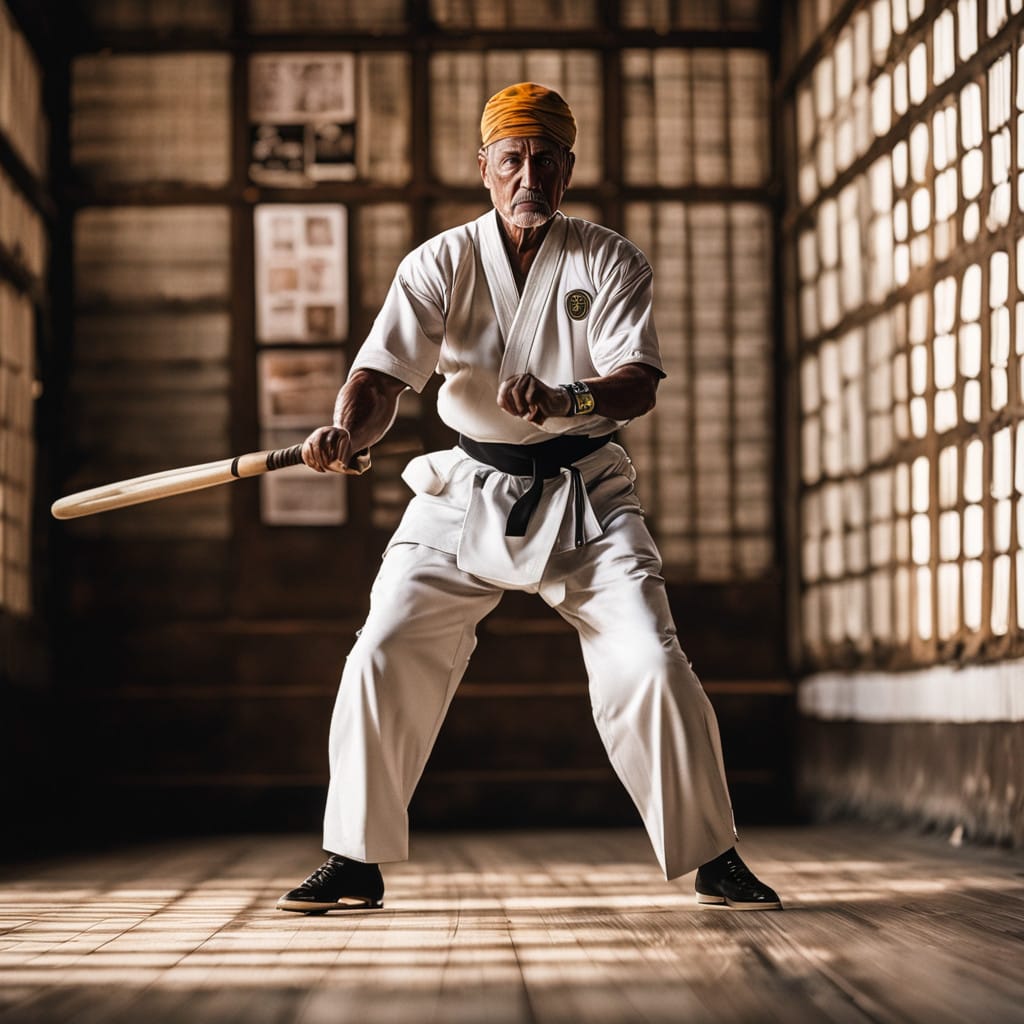
The Comprehensive Guide to Eskrima: History, Popularity, Rules, and Impact
Eskrima, also known as Arnis or Kali, stands as one of the Philippines’ most celebrated martial arts. With roots deeply embedded in Filipino culture, this sport has grown into a global phenomenon. Its blend of history, cultural significance, and dynamic techniques has made it an essential martial art for enthusiasts worldwide. In this blog post, we will explore its origin, global appeal, amateur and professional leagues, societal impact, and the rules that define Eskrima.
Origin and History of Eskrima
It traces its roots to pre-colonial Philippines. Ancient Filipinos developed it as a system of self-defense, incorporating sticks, knives, and empty-hand techniques. The word “Eskrima” is derived from the Spanish term “esgrima,” which means fencing. This connection arose during the Spanish colonization of the Philippines in the 16th century.
Before Spanish influence, tribal communities used it in warfare and dueling. These early forms emphasized practicality and survival. Techniques were often passed down orally or demonstrated within families. Colonial powers, however, suppressed Filipino martial arts. Despite these challenges, practitioners preserved the art by integrating it into cultural dances and rituals.
During the American occupation in the early 20th century, Eskrima underwent a resurgence. Filipino immigrants in Hawaii and California introduced the sport to a broader audience. Today, it remains a symbol of Filipino heritage and resilience.
The Global Popularity of Eskrima
Eskrima’s influence has spread far beyond the Philippines. Martial arts enthusiasts across continents have embraced its effectiveness and adaptability. The sport gained global recognition after being featured in action films and demonstrations by notable practitioners like Dan Inosanto, a student of Bruce Lee.
In the United States, ut is practiced in martial arts schools and community centers. Programs teach both traditional and modern techniques. Europe has also embraced Eskrima, particularly in countries like Germany, Spain, and the United Kingdom. In Southeast Asia, its presence complements local martial arts traditions.
Eskrima tournaments and seminars are held worldwide, drawing participants from diverse backgrounds. Organizations such as the World Eskrima Kali Arnis Federation (WEKAF) and the International Modern Arnis Federation (IMAF) facilitate its global promotion. These efforts have ensured that Eskrima maintains a prominent place in the international martial arts scene.
Amateur Eskrima: Youth and School Programs
Amateur Eskrima serves as the foundation for many aspiring practitioners. Schools and community programs introduce children and teenagers to the sport. These initiatives aim to teach discipline, self-defense, and cultural appreciation.
In the Philippines, Eskrima is included in the curriculum of physical education classes. Students learn basic techniques, forms, and sparring methods. Similarly, youth programs in other countries focus on safety and skill development. Lightweight, padded sticks are often used to minimize injury during practice.
Tournaments for amateur Eskrima provide a platform for young athletes to showcase their skills. Events like the WEKAF World Championships include divisions for different age groups. These competitions foster camaraderie and sportsmanship among participants.
The growth of Eskrima in schools has also encouraged inclusivity. Programs often welcome students from various backgrounds, making the sport accessible to all. This inclusivity highlights the universal appeal of Eskrima.
Professional Leagues and Global Organizations
Professional Eskrima leagues have further elevated the sport’s status. Organizations like WEKAF and IMAF govern rules, organize events, and promote standardization. These bodies ensure that competitions maintain high standards of fairness and safety.
WEKAF, established in 1989, is one of the most prominent global organizations for Eskrima. It hosts world championships every two years, drawing competitors from over 30 countries. Matches follow a point-based scoring system, emphasizing technical skill and precision.
In addition to WEKAF, other groups such as the International Eskrima Federation (IEF) focus on preserving traditional forms of the sport. Their efforts aim to balance modern innovation with historical authenticity. Regional leagues in North America, Europe, and Asia also contribute to the sport’s growth.
Professional Eskrima matches often attract large audiences. Spectators appreciate the speed, technique, and strategy displayed by athletes. This visibility has helped professional practitioners gain recognition and inspire the next generation of Eskrima enthusiasts.
The Political and Social Significance of Eskrima
It holds deep political and social significance, particularly in the Philippines. Historically, it symbolized resistance against colonial oppression. Filipino warriors used it to defend their land and culture. This legacy of defiance continues to resonate today.
Socially, it fosters unity and cultural pride. It serves as a reminder of the Philippines’ rich heritage. Many Filipinos view it as a source of national identity and strength. Community events and festivals often feature Eskrima demonstrations, showcasing its importance in local traditions.
Globally, the sport promotes cross-cultural exchange. Practitioners from different countries share techniques, philosophies, and experiences. This collaboration enhances mutual understanding and respect among diverse cultures.
In addition to its cultural role, it contributes to personal development. Practicing the sport builds discipline, confidence, and resilience. These qualities benefit individuals both on and off the mat. By promoting values such as respect and perseverance, Eskrima makes a positive impact on society.
Rules and Techniques of Eskrima
The rules of Eskrima vary depending on the format and organization. However, most competitions follow a structured framework. Matches typically involve two competitors using padded sticks, protective gear, and strict regulations to ensure safety.
Scoring in Eskrima emphasizes accuracy and control. Points are awarded for clean strikes to designated target areas. These areas include the head, torso, and limbs. Judges evaluate the effectiveness and precision of each strike. Excessive force or unsportsmanlike conduct results in penalties.
Techniques in Eskrima are diverse and dynamic. Practitioners train in striking, blocking, and counterattacking. They also learn disarming techniques and grappling maneuvers. Footwork plays a crucial role in maintaining balance and positioning. Forms, known as anyo, showcase fluid movements and transitions.
In addition to stick fighting, Eskrima includes empty-hand techniques and the use of bladed weapons. This versatility makes it applicable to real-world self-defense scenarios. Training often incorporates drills such as sinawali, which involve synchronized patterns of movement.
Conclusion
It embodies a unique blend of history, culture, and athleticism. From its origins in the Philippines to its global prominence, the sport has captivated practitioners and audiences alike. Amateur programs and professional leagues ensure its continued growth and accessibility.
Moreover, Eskrima’s cultural and social impact extends far beyond the mat. It symbolizes resilience, unity, and the enduring spirit of the Filipino people. By embracing this martial art, individuals can connect with its rich heritage while developing valuable life skills.
Whether you are a seasoned practitioner or a curious newcomer, exploring Eskrima offers a rewarding journey. Its techniques, traditions, and community provide endless opportunities for learning and growth. Experience the dynamic world of Eskrima, and discover why it remains a cherished martial art worldwide.





